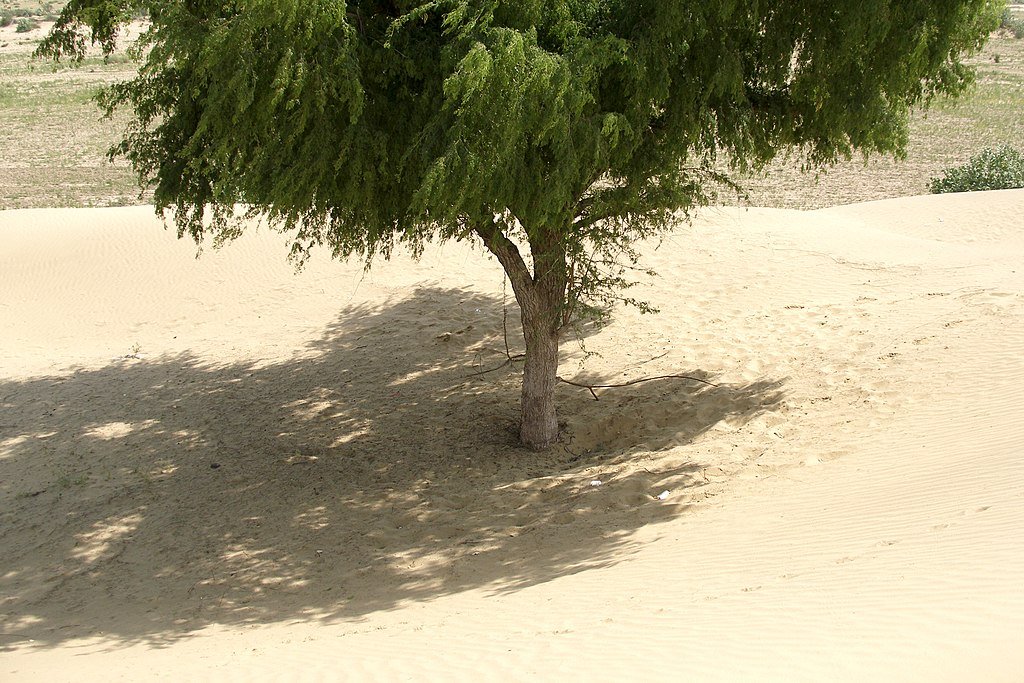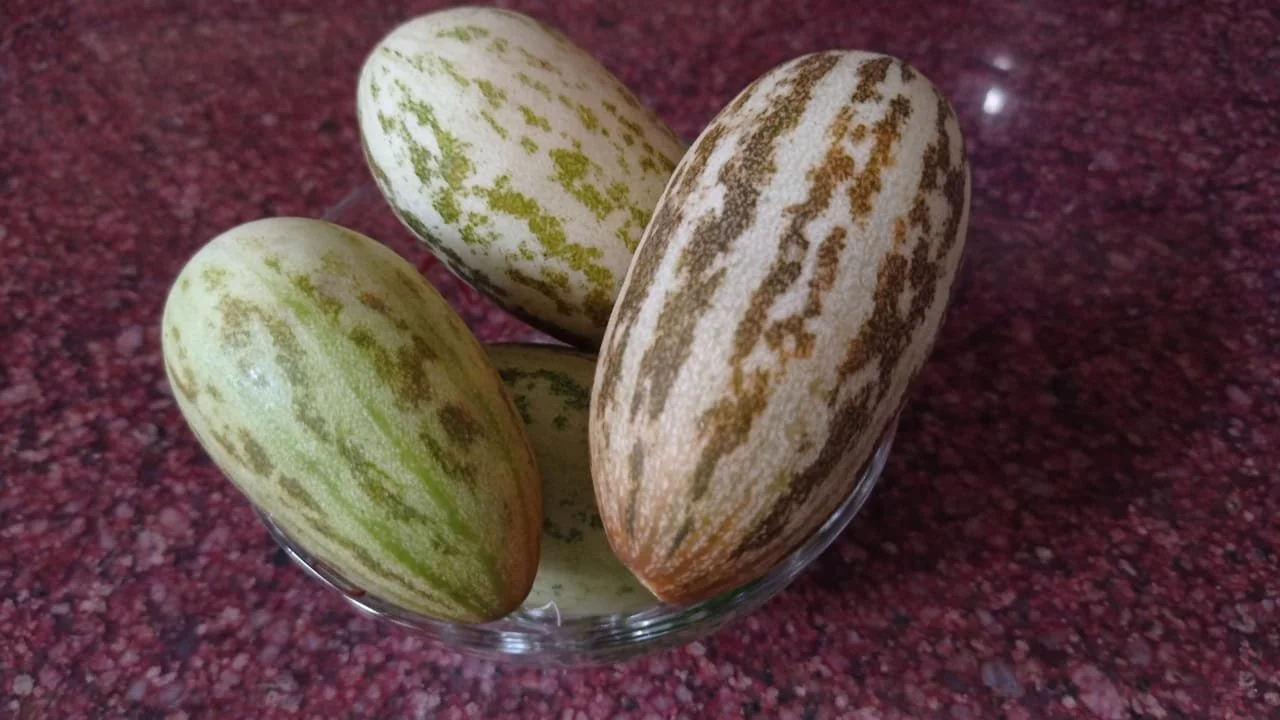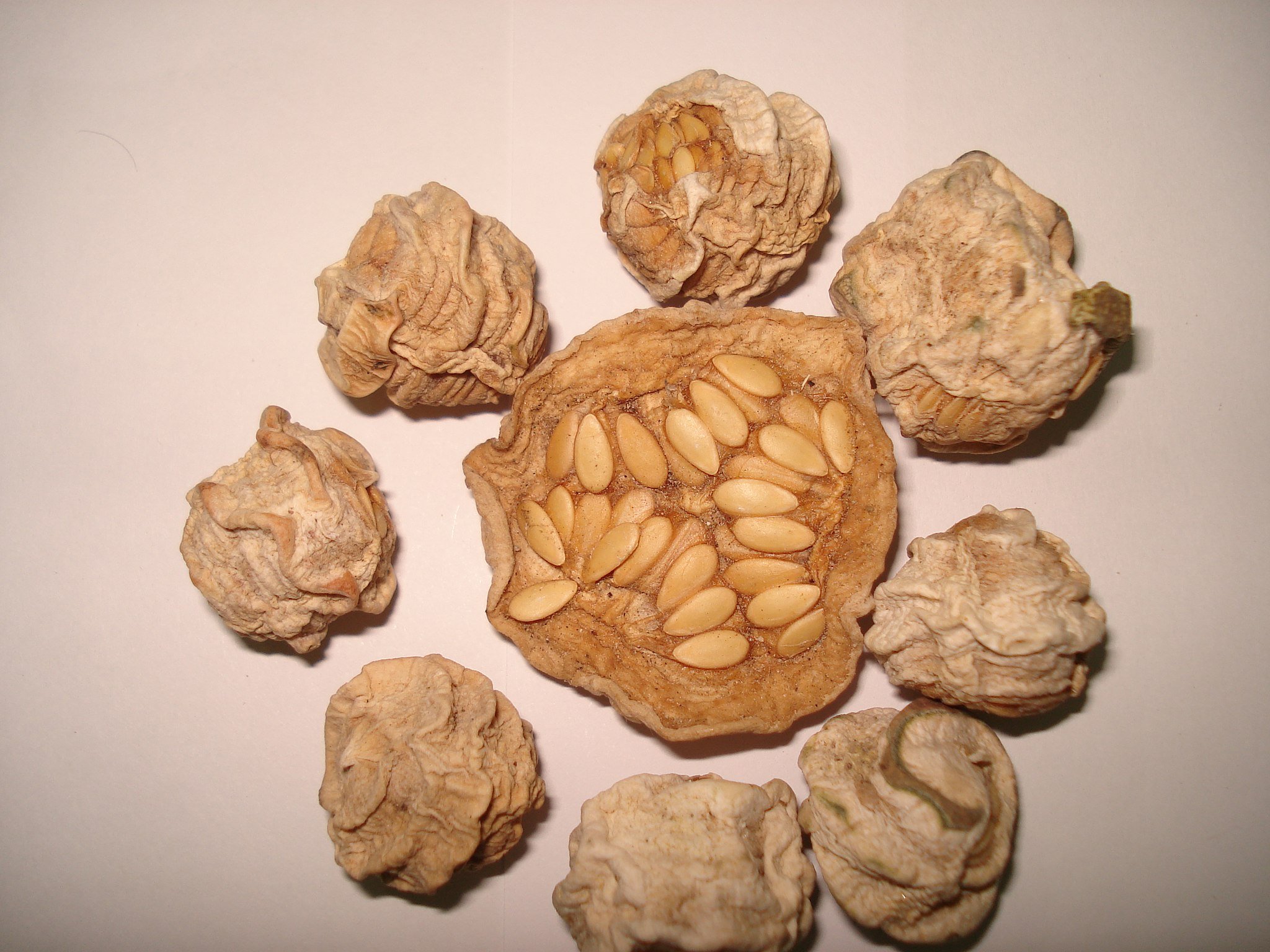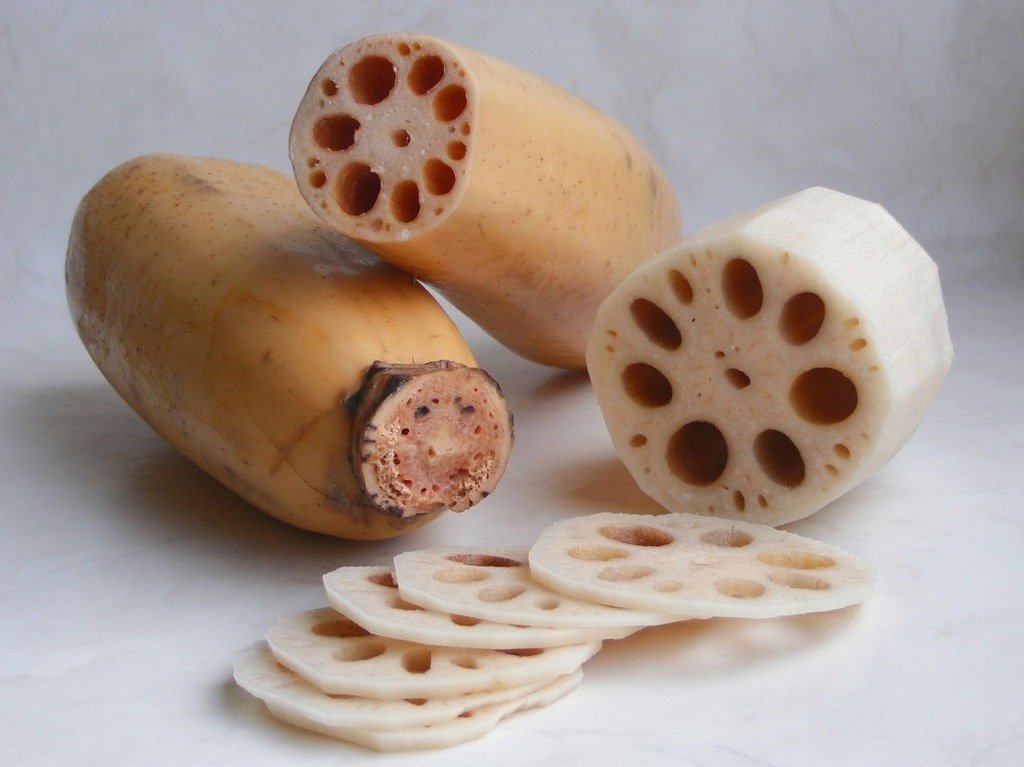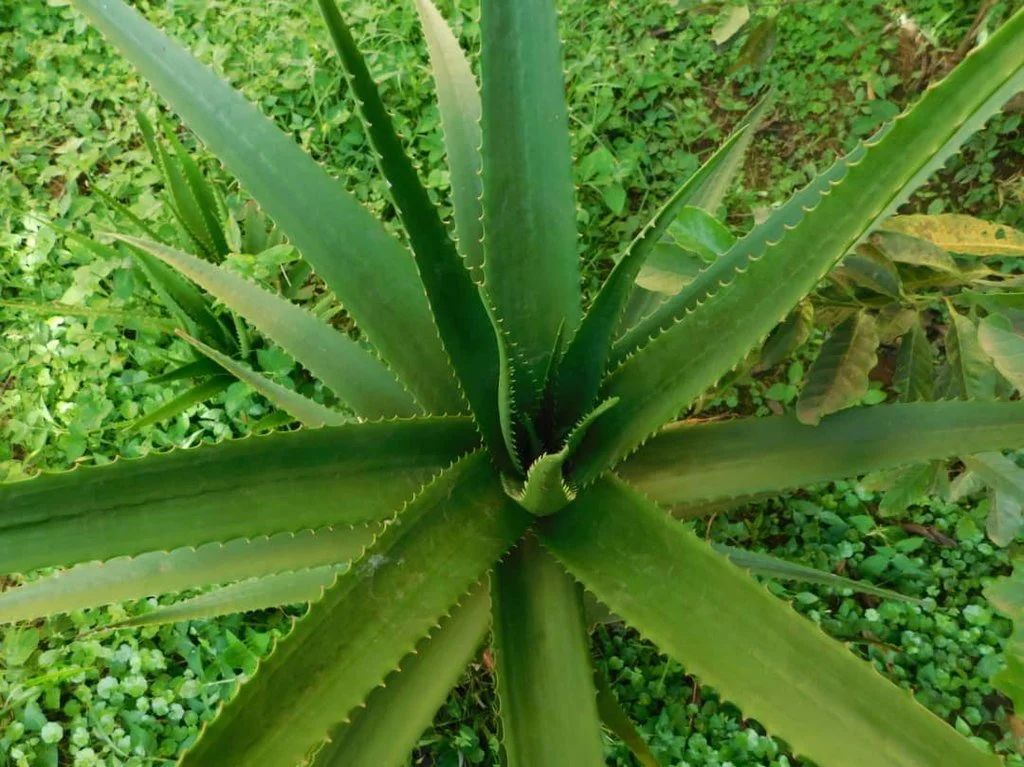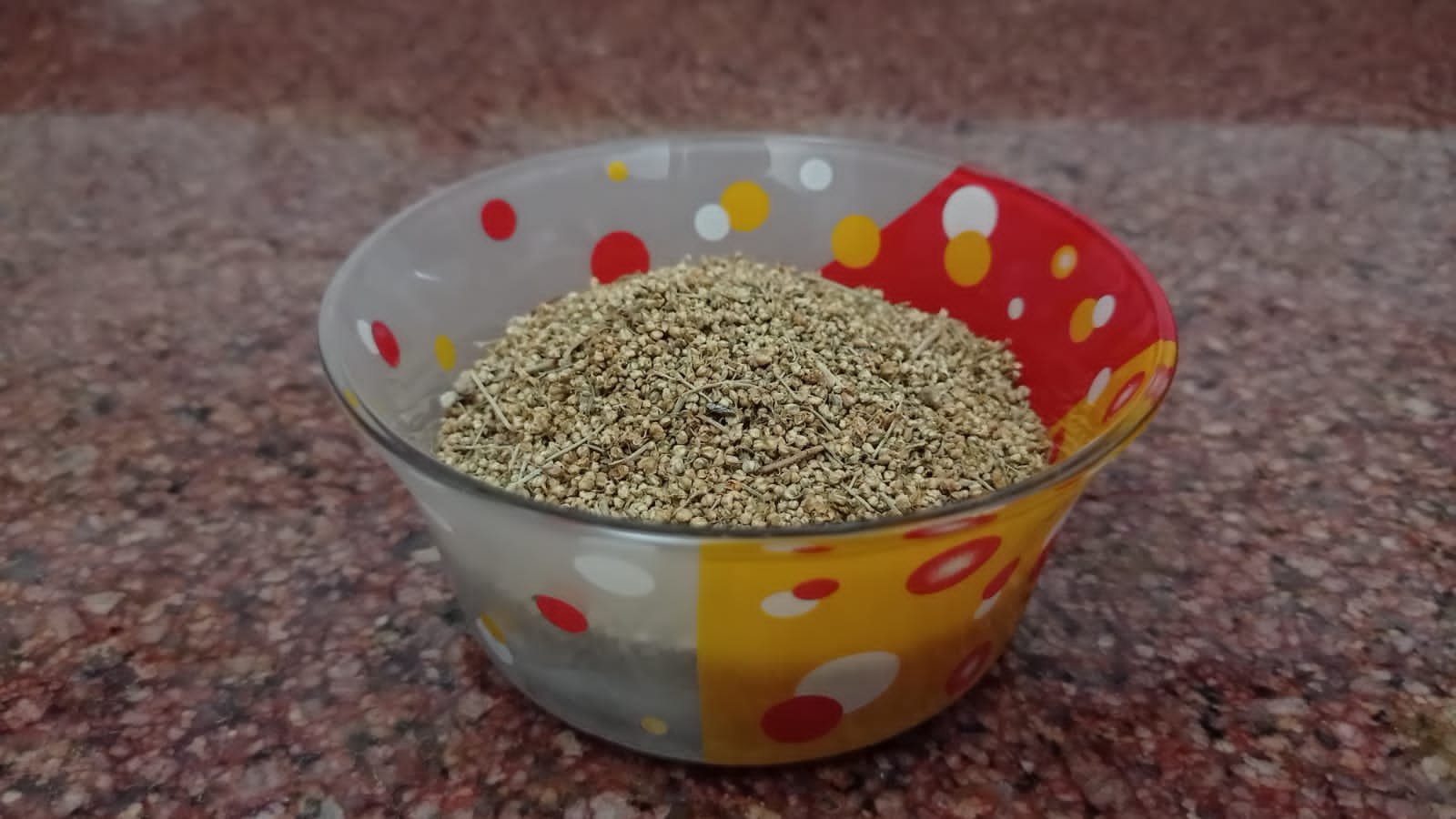Out Of An Arid Land Comes The Hardy Produce That Sustains It
Text by Anmol Arora
The khejri or ghaf tree, which yields pods called sangri, is a hardy source of nutrition. Sangri is cooked with desert berries called ker, and the combination is a popular one in Rajasthani cuisine. Photo: Vyacheslav Argenberg / http://www.vascoplanet.com/, CC BY 4.0, via Wikimedia Commons
Across time and geographies, deserts have always held a spiritual appeal. The brown tones of the undulating dunes, thorny green shrubs, cacti and solitary trees, and the clear blue sky, all make for a striking sensory experience. Deserts may seem barren and lifeless, but humans have sought and achieved meaning and possibilities in their vast expanse.
Rajasthan is the largest state of India in terms of geographical area. About 70% of it is desert. The Thar Desert, also known as the Great Indian Desert, stretches across western Rajasthan in India and parts of Punjab and Sindh in eastern Pakistan. The region mostly has arid and semi-arid climates, and only gets scant rainfall. Yet, it has a distinct ecology and rich biodiversity that thrives despite the harsh weather conditions. Camels traverse this waterless terrain and rest against the rough trunk of the khejri trees (Prosopis Cineraria), which provide shade and shelter beneath their dense crown of small, green leaves and cylindrical pods. Small, thorny shrubs of ker (Capparis decidua) are prickly to touch, and a variety of wild melons, such as green and yellow-striped kachar (Cucumis callosus), grow wild.
Kachar is a variety of wild melon that is often dried, powdered and used as a meat tenderiser. Photo by Anmol Arora
The fruits, berries and beans of these plants and trees are a source of livelihood for the desert communities, who are mostly involved in agriculture and pastoralism. They provide them with food, revenue, fodder for their animals, and raw materials for traditional medicines. They have been historically essential for sustenance and nutrition in the area that has faced many droughts and famines over the centuries. According to a study that computed data from 1901 to 2012, the northern, western, southwestern and central parts of Rajasthan suffered a drought every three years during that period, while the eastern, northeastern, southern and southeastern parts faced droughts once in four years. In 2019, the state government declared 1,388 villages in four districts “drought-affected,” which means that they were chronically water deficient. The Indian Meteorological Department defines drought as a rainfall deficiency of more than or equal to 26 % of its long term normal in a particular area. Despite these challenges, and almost counterintuitively, the unique ecology of the desert has still carried the seeds of life from one generation to another.
Since many of the food resources here are only available for a short period every year, local communities have been preserving them using the time-tested tradition of sun-drying or dehydration, so as to make them last throughout the year.
***
Drying food is perhaps one of the oldest preservation techniques. Some of these practices can be traced back to 12,000 BC. Drying or dehydration refers to the process of removing water from fruits, vegetables, grains, meats, etc. to make them last longer. Different forms of drying or dehydration are used in food cultures around the world as well as in India. In the natural climate of the Thar desert, where sunlight is abundant and there is little moisture, sun-drying has been widely adopted as a suitable method for preserving and storing food. A lot of it has to do with survival.
Sun-dried kachar (pictured here in its whole form) is also favoured as a souring agent in the state of Rajasthan. Photo: Miansari66, Public domain, via Wikimedia Commons
“With drought every second or third year, it has been impacting communities in the Thar desert. So, they are always prepared for the worst times. That is why the practice of preserving these fruits and vegetables started,” says Aakriti Srivastava of Desert Resource Centre, a not-for-profit organisation that works with local communities in the Thar desert.
Ingredients like kamal kakdi or lotus root (above) and aloe vera (below) are valuable sources of nutrition. Photo: FoToosRobin, CC by S-A 2.0 / Wikimedia Commons;
Photo: Kaweesaesther, CC BY-SA 4.0 / Wikimedia Commons
Some of the indigenous fruits and vegetables sun-dried and used throughout the year are pods of sangri from the aforementioned khejri trees, ker berries, kachar, kumatiya (seeds from the pods of Acacia senegal or gum arabic trees), kamal kakdi (lotus stems) and guarpatha (aloe vera), among others. Each of these ingredients has a distinct flavour profile. Kachar is bitter and astringent, but takes on a unique, melon-like flavour when it ripens. It is typically used as a souring agent in its dried and powdered form. Ker berries are also very bitter, but mellow once they are preserved and sundried. The berries pair particularly well with earthy, twig-like sangri, and the combination is favoured in Rajasthani pickles and sabzis. Kumatiya takes on the flavour of spices or alliums that go in its preparation, just like crunchy kamal kakdi, which is fibrous and has a slightly sweet aftertaste.
But that is not all. Rajasthani cuisine is also known for its use of sun-dried farm vegetables, such as bhindi (okra) and fibre-rich guar fali (cluster beans) and homemade products like mangodi or sun-dried balls made of dried, spiced lentils.
***
Two different kinds of dehydration techniques are used in the region. Shade-drying is for spices like red chillies (as in other states of the country). Ker, sangri, kachar and kumatiya are dried in direct sunlight. Chef Prem Singh Rathore, who is associated with the Oberoi Hotels, tells me that the sun should not be too harsh for sun-drying, and it should be done only during daylight. He suggests keeping all of these ingredients indoors at night, as they may be spoiled by dew. It may take up to a week to dry them properly, and then they need to be stored in containers away from moisture. Ker is often stored in pots filled with ash to avoid fungus and worms, says Chef Rathore.
Phog has a grainy texture like that of poppy seeds and is often mixed into yoghurt to make raita. Photo by Anmol Arora
Once preserved in this manner, they can sustain a family for a whole year. A variety of dishes are prepared with them. Ker, sangri, kumatiya and kachri, along with lasoda or gonda (also called gum berries and picked and dried from Cordia dichotoma trees), are combined to make the traditional Rajasthani dish of panchkuta (i.e. made with five ingredients). Lasoda provides the necessary fruity sourness to this delicious combination, often cooked during festivals. Paired with a flatbread made with pearl millet flour or bajra, panchkuta tastes and works like a pickle, with its combination of sour and earthy ingredients and powdered pickling spices.
According to Bharti Sanghi, an expert in Rajasthani food and the founder of LIFE — Artisanal Foods, a catering service based in Uttar Pradesh, different regions in the state make panchkuta with slight variations. In Udaipur, they add kishmish or raisins to the dish. This is because Udaipur is close to the state of Gujarat, and the sweet-spicy flavour profile is appreciated there. Whereas in Jodhpur, kamal kakdi is added to the dish.
Sanghi also speaks of a guarpatha or aloe vera sabzi, also made with raisins. Another ingredient, dried, grey-green fogla or phog (the dried flower buds of Calligonum polygonoides shrubs), is added to yoghurt to make raita. Phog has the texture of poppy seeds, and is somewhat gritty and grainy. It is soaked in water for a couple of hours, and then added to yoghurt along with a chopped onion and tempered with spices. Kachri is used in curries and chutneys, and it plays a great role as a meat tenderiser as well.
Guar fali, a cash crop cultivated mainly for its gum, which is used in oil drilling and mining, among other things, is also widely eaten in the region. The crunchy and mildly bitter bean is sun-dried and later fried or roasted and served sprinkled with spices as a snack or an accompaniment to a meal.
***
Apart from the practical convenience of the fact that they are the most easily available resources in an arid landscape, these dried ingredients also have nutritional value. Culinary expert and consultant Rushina Munshaw Ghildiyal says that they supplement the diet in the relative absence of fresh vegetables.
In a review of the nutrient content of important fruit trees from Rajasthan, scientist Mala Rathore collated the nutrient composition and health benefits of some of these ingredients. While ker is a rich source of beta carotene, vitamin C and iron, sangri contains sucrose, protein and carbohydrates. Another study on the traditional wisdom and therapeutic uses of these products suggests that ingredients like kachri and phogla have cooling effects, to counter the intense heat of the desert state.
Ghildiyal shares that another reason that dried ingredients like sangri have been widely adopted by the Marwari Baniya and Jain communities relates to dietary restrictions. These traditional trading communities, who have migrated to different areas of the country, follow rigid religious proscriptions such as avoiding tubers, alliums and certain other plant-based foods. In their stead, ingredients like ker and sangri make for useful additions to their diet.
***
I am from Sri Ganganagar, the northernmost district of Rajasthan, bordering Pakistan and the Indian state of Punjab. Even though the climate is arid, it doesn’t compare with the middle of the desert. It is known as the breadbasket of the state, due to the proliferation of farms and agricultural fields. Given the year-round availability of fresh produce such as leafy greens and root vegetables, I grew up eating these sun-dried ingredients mostly as an accompaniment.
This difference in culinary customs is the effect of the Indira Gandhi Canal project of the 1970s and 1980s, which increased the percentage of irrigated land across the desert districts in the state. The total area under farming has also increased since the canal project, and it has changed the dietary culture to some extent. Srivastava tells me that she was surprised to find something as urban as bell peppers in the small desert village of Bujju near Bikaner. Srivastava explains that the impact of farm production on local diets (since the canal project) has been multifaceted.
First, farmers could irrigate their fields and also started using chemicals to increase productivity, as they realised that it helped them grow crops and vegetables faster. Second, produce could be transported from farmers to the mandis (or state-established agricultural markets) to vegetable vendors. With the establishment of this chain, fresh produce such as bell peppers are not as expensive as they once were in the state.
However, for the rural communities that stay in the heart of the desert, indigenous ingredients are both a reminder of scarcity and deprivation and still an intrinsic part of their way of life. Despite the increase in farm production, it continues to be a challenge to find green vegetables in the remotest hamlets in the desert, says Srivastava.
***
Does the lack of fresh vegetables and the singular reliance on sundried ingredients have a long-term bearing on nutrition and health? According to the National Family Health Survey-5 (2020-21), a staggering 71.5% of children in Rajasthan between the ages of 6 to59 months are anaemic. The figure is equally concerning among women: 46.8% of women between the ages of 15 to 49 are anaemic in the state.
A study on anaemia among women between 18 and 25 years of age belonging to Scheduled Tribes in three villages of the Banswara district of southern Rajasthan found that 90% were anaemic. The study revealed that the diet of the non-anaemic women included green leafy vegetables and whole pulses rich in iron. It is therefore clear that the nutritional needs of desert-dwelling communities may not be fulfilled entirely by these traditional ingredients. A well-balanced diet rich in leafy greens, nuts, seeds, meat, beans and fruits can help in managing anaemia.
Clinical nutritionist Deepta Nagpal maintains that although sun-drying may lead to some nutrient loss, it is still an effective method to preserve food in extreme climate conditions like that of the desert. She says that pairing sun-dried ingredients with other nutritionally rich, local ingredients such as millets, dates, tamarinds, sesame seeds, etc. can offset nutritional deficiencies and advocates for awareness programmes to educate people about how they can make their diets more diverse.
***
According to Chef Rathore, despite their waning popularity among young people, the rising demand for regional cuisine keeps the interest in these ingredients alive. This is apparent from the fact that dishes like ker, sangri, kachar and panchkuta are now available in fine dining restaurants serving Rajasthani cuisine. On his part, Chef Rathore continues to share recipes featuring them on his blog. Sanghi also produces a range of food products made with these traditional ingredients.
Srivastava says that these resources are like a goldmine — they are working with farmer collectives to package and market them and believe they hold economic and market potential. For instance, large e-commerce websites, as well as local retailers and wholesalers, are already selling these products to an urban clientele. For something that grows wild in the desert, sangri can fetch a price of INR 1,000 to 1,200 (USD $13 to16) per kilogram. Ker is priced at INR 800 to 1,000 per kg (USD $10 to13) and fogla at INR 500 (USD $6 to 7) per kg in these markets.
The production and consumption of these local ingredients is not only about the dietary needs but also the traditions and lifestyle of the desert communities. They are also integral to the economy and ecology of the desert.
“It is important to understand how communities in the desert have been surviving through this kind of economy. So, anything and everything that is generated and developed in the desert is in some or the other way used in food or fodder or serving the overall ecological balance,” Srivastava says.

